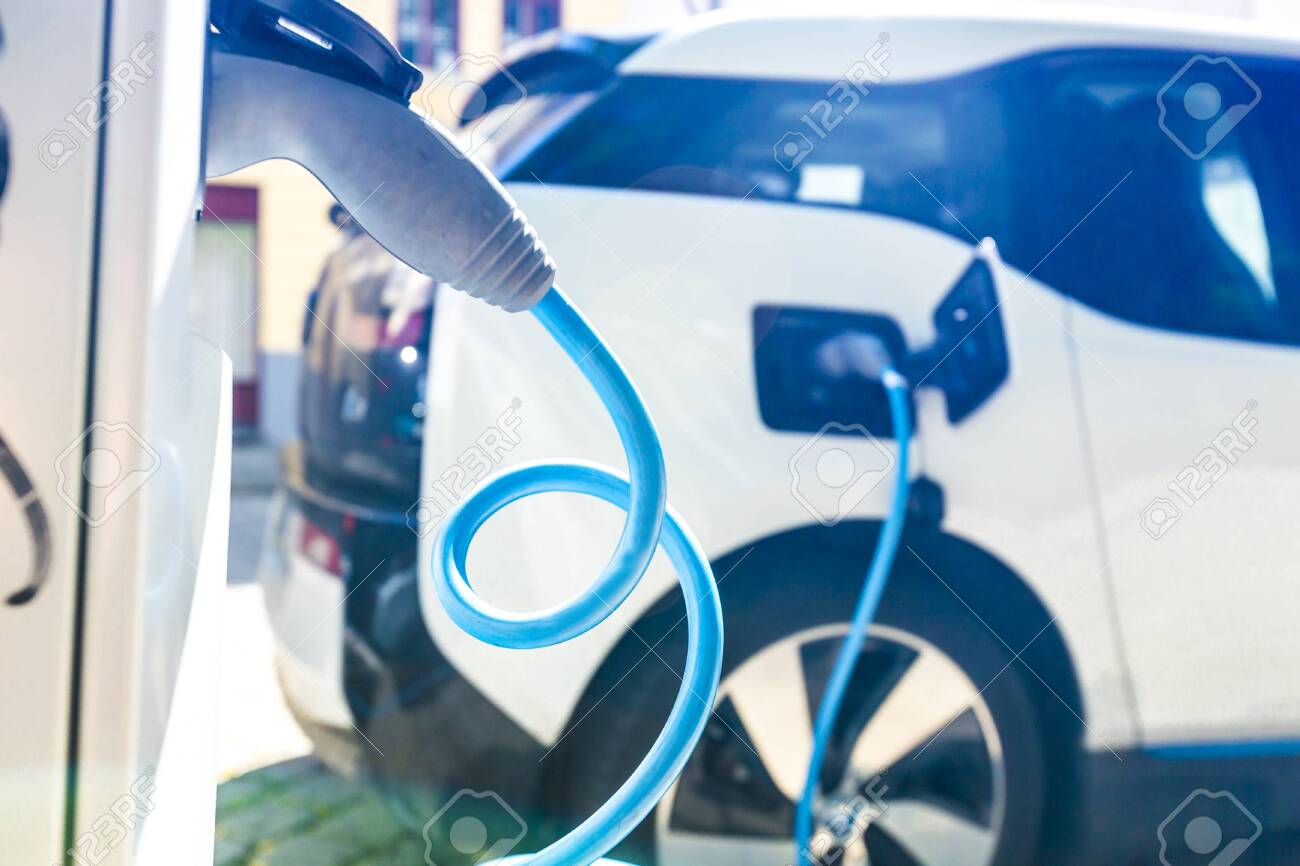Welcome to the world of alternative fuel stations! This article explores the evolution of the alternative fuel station industry, from the introduction of gasoline-powered vehicles to the more recent popularity of green energy sources. We will discuss the advantages of using alternative fuels, the challenges of transitioning from gasoline to green energy, and the potential future of the alternative fuel station industry. Thanks for joining us on this journey!
History of Alternative Fuel Stations
The history of alternative fuel stations dates back to the late 1970s when the first pumps for alternative fuels such as compressed natural gas, liquefied petroleum gas, and electricity were installed. Since then, the number of alternative fuel stations has grown exponentially, driven by government incentives and consumer demand.
The majority of alternative fuel stations are located in the United States, with more than 8,500 stations providing access to alternative fuels. The largest concentration of these stations is in California, where over 3,200 stations offer a variety of options, including natural gas, electric, and biodiesel.
In recent years, the cost of alternative fuels has decreased significantly, making them more accessible for consumers. This has resulted in a surge in demand for alternative fuel vehicles, which in turn has driven the need for more alternative fuel stations.
The future of alternative fuel stations looks bright, with new technologies and incentives being developed to make alternative fuels even more accessible and cost-effective. With a growing awareness of the environmental benefits associated with alternative fuels, the demand for such services is sure to continue to increase in the years to come.
The Benefits of Alternative Fuel Stations
Alternative fuel stations are becoming increasingly popular as more and more people recognize the environmental and economic benefits they bring. These stations provide drivers with access to alternative fuel sources such as biodiesel, compressed natural gas, and electric vehicle charging. This allows drivers to reduce their carbon footprint and save money on fuel costs.
The most obvious benefit of alternative fuel stations is their environmental impact. By using alternative fuels like biodiesel and natural gas, drivers can reduce their carbon emissions by up to 90%. This helps to reduce air pollution and greenhouse gas emissions, making them much more environmentally friendly than traditional fuel sources.
In addition to environmental benefits, alternative fuel stations are also much cheaper than traditional fuel sources. Biodiesel and natural gas are typically much cheaper per gallon than gasoline, which can lead to significant savings for drivers. This makes alternative fuel stations a great choice for those looking to save money on fuel costs.
Finally, alternative fuel stations provide drivers with access to more convenient fueling options. These stations are often located in areas with minimal traffic, making them easier to access than traditional fuel sources. They also offer convenient payment methods such as credit cards, which can be especially helpful for those who don’t have cash on hand.
Overall, alternative fuel stations provide drivers with numerous benefits, including reduced carbon emissions, lower fuel costs, and convenient fueling options. As more and more drivers become aware of these benefits, alternative fuel stations are likely to become even more popular in the future.
The Future of Alternative Fuel Stations
As we continue to move towards a more sustainable future, alternative fuel stations are becoming an increasingly important part of the transportation landscape. With a growing number of electric vehicles on the road, the need for charging stations is rising. Similarly, more hydrogen fuel cell vehicles are being developed, requiring a different type of fuel station. In the near future, alternative fuel stations are likely to become more commonplace as the adoption of these vehicles increases.

The development of alternative fuel stations has been spurred by government incentives in many countries, making them more accessible for drivers. This is encouraging many oil and gas companies to invest in the infrastructure necessary to provide alternative fuels. As the demand for these fuels grows, the number of alternative fuel stations will increase.
The future of alternative fuel stations also lies in the development of new technologies. Many companies are looking into the possibilities of wireless charging, which would allow electric vehicle owners to charge their cars without having to plug them into a charging station. This technology is still in its infancy, but it could become a reality in the near future.
The development of alternative fuel stations is a key part of the transition to a more sustainable future. As the number of electric and hydrogen vehicles on the road increases, so too will the need for alternative fuel stations. With continued investment, these stations will become more commonplace, providing drivers with a convenient, eco-friendly way to power their vehicles.
The evolution of alternative fuel stations over the years has been a positive one, with a greater focus on sustainability and green energy sources. This shift has been driven by a combination of factors, including government incentives, technological advancements, and consumer demand. The availability of alternative fuel stations has increased, making it easier for consumers to locate and access these options. In addition, these stations are now more affordable and efficient, allowing for a more economical and convenient experience. This shift towards green energy sources has had a positive impact on the environment, reducing harmful emissions and contributing to a healthier planet. As the world continues to move towards a more sustainable future, alternative fuel stations will continue to play an important role in helping to meet this goal.













